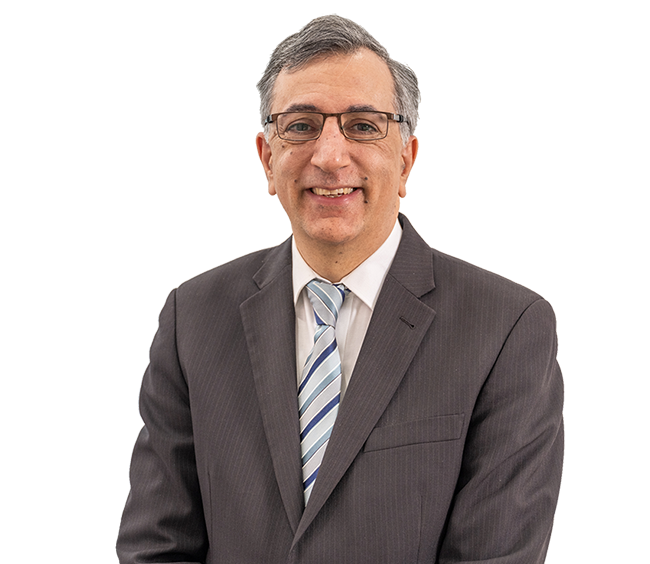Procedure Spotlight
- Removes excess breast tissue in men to create a more masculine chest
- Can be unilateral (one side) or bilateral (two sides)
- The procedure is usually done with a combination of liposuction as well as surgically cutting out the excess breast tissue
- Incision sites heal well with minimal scaring
Gynaecomastia is a fairly common condition in men of any age. It is sometimes colloquially referred to as “man boobs”.
Gynaecomastia is usually a combination of excess breast tissue, as well as fatty excess on the chest, depending on the age and size of the patient. In severe cases the breasts are so enlarged that there is also excess skin.
There are several possible causes of gynaecomastia including hormonal imbalance, genetics, some medications (anabolic steroids, some antidepressants or other prescription medication), obesity, underlying health conditions or rarely male breast cancer. Often no apparent cause is found. It usually affects both sides but can be just on one side.
Gynaecomastia is a normal phenomenon in babies and in boys around puberty, but in most cases it settles by itself. However, if it persists for more than 12 months or in its severe form it may need plastic surgery to correct it.
Technique
Correction of Gynaecomastia, also called ‘male breast reduction’ or colloquially ‘gyno surgery’, is a plastic surgery procedure that removes excess breast tissue with or without some excess chest fat. In severe cases where there is excess skin, it may also be necessary to do an extended operation to remove the excess skin, although this is not as common.
The male breast reduction surgery is usually done with a combination of liposuction, and surgically cutting out the excess breast tissue. Dr Safvat at Ethique Plastic Surgery in Sydney and the Southern Highlands makes sure the scars are well placed to be hidden at the lower half of the areola border. Incision sites heal well with minimal scaring.
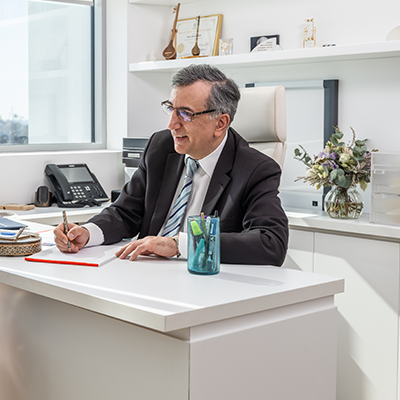
The male breast reduction procedure usually takes about 2-3 hours. The operation is usually done as a day-only procedure but some patients may require to stay in hospital overnight depending on the extent of the procedure.
Procedure Snapshot
Gynaecomastia procedure is done under a general anaesthetic in a fully accredited private hospital in Sydney or the Southern Highlands.
| Anaesthetic Type: | General Anaesthetic |
| Length of Surgery: | 2-3 hours |
| Stay in Hospital: | Day only |
| Downtime: | 1-2 weeks depending on type of work |
Recovery
Upon discharge the patient is required to wear a surgical compression garment for four to six weeks in order to reduce swelling and bruising as well as to achieve the best possible results. Depending on the extent of the gynaecomastia surgery and the type of work you do, you will need to take around one week off work to rest and recover. This will be discussed with Dr Safvat prior to surgery. Walking is actively encouraged postoperatively but exertion and heavy lifting are not allowed for 3-4 weeks. Initially the male breast reduction surgery scar may be visible around the areola but it will settle in time. There will be bruising on the chest that will take 1-2 weeks to go away.
It is important to follow Dr Safvat’s instructions and attend all follow up appointments following the surgery to ensure the best outcome.
Preparation
For men wanting to undergo Gynaecomastia surgery, it is best to be in good health and have realistic expectations regarding the results of the procedure. Smoking has been shown to cause more complications after surgery, so Dr Safvat will insist that you stop smoking at least 4 weeks before your male breast reduction surgery. Continuous use of anabolic steroids also increases risk of recurrence of Gynaecomastia. It is also recommended to be at your normal weight.
Scars
There is no way to prevent scars completely after surgery and everyone can scar differently. However, the techniques Dr Safvat uses to suture his wounds are designed to minimise scarring. What’s more, any scarring will fade over time, especially if they are cared for correctly.
Patients who have followed Dr Safvat’s protocol for scar management diligently have been very pleased with their progress in reducing and fading of scars. Dr Safvat will also include LED Light Therapy sessions (available in Miranda only) which will assist with wound healing, scarring and recovery.
Dr Safvat will provide you with his specific protocol for scar management that will help you protect and care for your incision in a way that will minimise scarring.
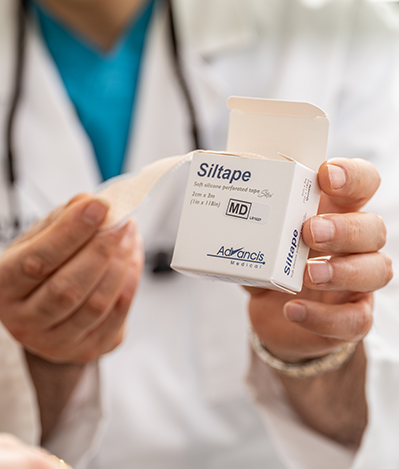
Complications
While all care and diligence is taken by Dr Safvat to minimise or avoid complications, any surgical procedure can be associated with some general complications and/or specific complications related to the surgery you are having. Choosing a Specialist Plastic Surgeon such as Dr Safvat and having your procedure done in an accredited hospital minimises risks as does using an accredited Anaesthetist.
Some general surgical potential complications are:
• Infection that may require antibiotics (Dr Safvat prescribes all patients antibiotics after surgery to minimise this risk).
• Allergic reaction to dressings and other items used during the procedure.
• The formation of blood collection (haematoma) which could require additional surgery.
• Scars heal differently in different people. Some people are genetically prone to develop keloid scars. Hypertrophic scars develop when there is a complication in the healing process. Whilst not ideal, there is no threat to your health if you develop these.
Some potential complications related to Gynaecomastia surgery specifically are:
• The sensation around the areola could be affected by the procedure and might not return.
• Slightly mismatched breasts or nipples.
• Inverted nipples.
• Fluid build up under the skin (seroma).
• Recurrence of breast growth after surgery can occur if breasts are not fully developed.
• Another procedure may be needed to remove excess skin.
• Permanent pigment changes in the breast area.
Cost
Gynaecomastia surgery has a Medicare item number and patients should get a rebate from Medicare and their health fund (if applicable). The hospital costs are usually covered by private health funds depending on the patient’s level and type of coverage. Alternatively, you can have the procedure done in a Private Hospital as a Self-Funded patient.
Detailed information regarding costs will be provided to you after your initial consultation.
Frequently asked questions
Is Gynaecomastia Surgery the right choice for me?
Gynaecomastia surgery with Dr Safvat will be planned to your specific needs. Unfortunately, it’s not the right procedure for everyone. It’s always best to speak to a fully qualified plastic surgeon, such as Dr Safvat in Sydney and Bowral, about your needs in order to determine which type of surgery you can benefit from. Your concerns as well as your medical history will also be taken into account by Dr Safvat. You need to be in good physical health prior to surgery and have realistic expectations about what can be achieved with gynaecomastia surgery to ensure a good outcome.
What Can I expect over the long term after Gynaecomastia surgery?
It can take several months for the final results of your surgery to be seen. Scars should heal well after 6-12 months and be hard to see.
Swelling takes several months to fully subside after surgery, so you need to be patient before you see the results, even though your breasts will look and feel significantly better right away. Scarring will also only start to fade quite significantly after 6-12 months. The results of gynaecomastia surgery are permanent. However, weight fluctuations, use of certain medications (anabolic steroids) and the natural ageing process can affect your results over time.
Are there any alternatives to Gynaecomastia surgery?
There are a few ways that you might be able to overcome gynaecomastia, including weight loss and ceasing medications such as anabolic steroids. Generally, these options will only provide mild relief, if any. Gynaecomastia surgery with or without Liposuction are often the best options if you want permanent results, and Ethique Plastic Surgery provides both. Dr Safvat will discuss all of your options during consultation in one of our three locations in Bowral, Concord, and Miranda.
What happens during the consultation process?
The consultation process is an opportunity to discuss what you would like to achieve with male breast reduction and find out more about the procedure.
In addition, Dr Safvat will ask more about your medical history and examine your chest to see what can be achieved with the procedure. The best options and technique for your needs will be discussed in detail, whether that involves just removing excess tissue or combining it with liposuction. Dr Safvat will also let you know more about the recovery process and possible complications with your gyno surgery.
How much scarring will there be after male breast reduction?
The size of the scar depends on the size of the excess tissue that needs to be removed. For most people, Dr Safvat makes the incision around the areola which is only around one inch in size. Dr Safvat meticulously positions the scar following natural contours of the body and usually will not be noticeable in the long term.
Some patients with very large breasts will also need the excess skin removed with varying scar on their chest. Some patients will also have liposuction to remove excess chest fat. It is also important to remember that scars take up to 12 months to fade.
What is the recovery like?
After the procedure, patients can experience some discomfort and feel tender over the chest although this is minimised with local anaesthetic that is administered during the procedure. However once the local anaesthetic wears off you may need some pain killers that will be given to you by the anaesthetist. Patients are also put into Surgical garment straight after the surgery to reduce swelling and bruising but some bruising and swelling over the chest is normal. You will need to wear the garment for 4 to 6 weeks. It is advised that you take around 1 week off work for recovery depending on type of work you do Depending on the extent of your procedure, you will need to take a few days off work to rest. Avoid heavy lifting, strenuous exercise, swimming and strenuous sports until Dr Safvat advises you.
Can weight gain affect my results?
Gynaecomastia is the removal of almost all of the abnormal breast tissue. This is made of both glandular as well as fat tissue. Weight gain can result in excess fat accumulation around the chest but it will be only fat not glandular. Patients should always live a healthy lifestyle to ensure that their results are not lost.
Where does Dr Safvat perform this procedure?
Dr Safvat does the Gynaecomastia procedure in the Sydney region (Sutherland Shire and Inner West) as well as in the Southern Highlands, NSW. He only operates in fully accredited Private Hospitals, these being Kareena Private Hospital (Caringbah), Strathfield Private Hospital, Southern Highlands Private Hospital (Bowral) and Ramsay Surgical Centre Miranda.
Before and Afters
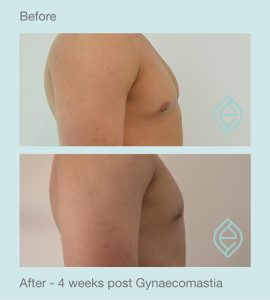
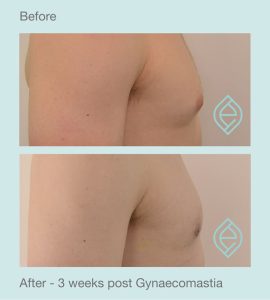
You must be over 18 years to view Dr Safvat’s before and after image galleries
Dr Safvat is a fully qualified Specialist Plastic Surgeon. Every patient is unique and results may vary. Any surgical procedure carries risks which need to be discussed with your doctor to ensure you are fully informed and realistic outcomes have been explained. Before proceeding, you should seek a second opinion from an appropriately qualified health practitioner.
These photos are of actual patients of Dr Safvat. Each has given consent for the photos to be used by Dr Safvat only.
DR ANDRE SAFVAT (MED1155201)
Registered Medical Practitioner, Specialist Plastic Surgeon (specialist registration in Surgery – Plastic surgery).
Dr André Safvat – Specialist Plastic Surgeon
Renowned for his dedication to his patients, his attention to detail and impeccable outcomes, Dr Safvat’s unparalleled expertise is reflected in the quality, professionalism and dedication of every member of our team.

